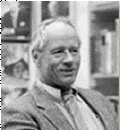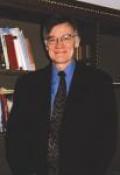Cincinnati
Restoration experts make a startling discovery that an 1848 daguerreotype hides a wealth of insight into life in a pre-war riverside town.
In 2006, conservator Ralph Wiegandt flipped on his Zeiss Axio stereomicroscope and peered at the surface of an 1848 daguerreotype.
Restoration experts make a startling discovery that an 1848 daguerreotype hides a wealth of insight into life in a pre-war riverside town.
In 2006, conservator Ralph Wiegandt flipped on his Zeiss Axio stereomicroscope and peered at the surface of an 1848 daguerreotype.
Pride lies at the heart of efforts to renovate a historic district in Cincinnati.
Writing in 1962, Lewis Mumford noted that “The forces that have formed our cities in the past are now almost automatically, by their insensate dynamism, wrecking them.… The prevailing economic and technological forces in the big city have broken away from the ecological pattern





